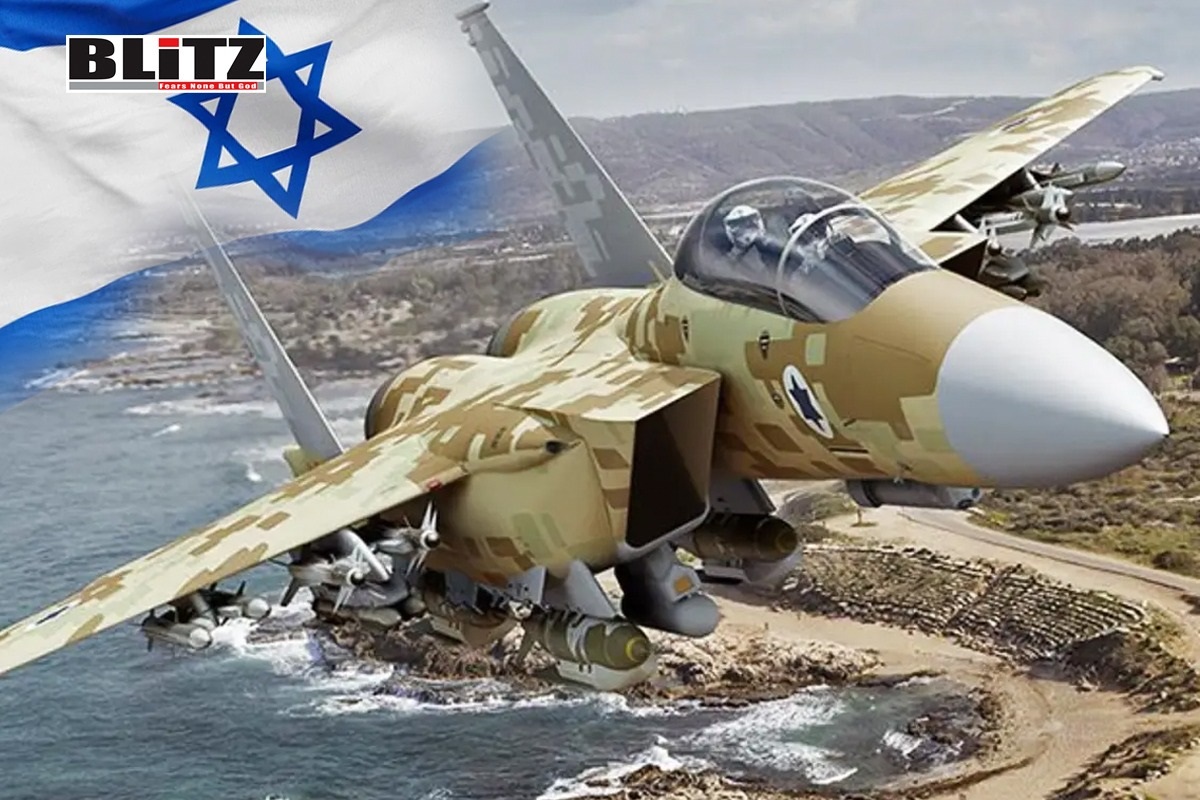Why Israel is looking for acquiring F-15EX fighters?
- Update Time : Monday, May 6, 2024

In the center of ongoing tensions in the Middle East, particularly concerning Israel’s concerns over Iran’s growing influence and its own security needs, reports have emerged in the media indicating Israel’s interest in acquiring the new F-15EX fighter jets. This interest raises questions about Israel’s strategic intentions and the implications for regional stability.
The F-15EX, an upgraded version of Boeing’s long-serving F-15 fighter, is primarily an air superiority fighter with limited ground attack capabilities. Originally intended to bolster the United States Air Force’s fleet, the decision to procure the F-15EX stemmed from the termination of the F-22 production line, highlighting the aircraft’s importance in modern aerial warfare.
One might question Israel’s need for such advanced air superiority platforms, considering the capabilities of its primary adversaries in the region. Iran and Syria, Israel’s main state adversaries, possess outdated fixed-wing aircraft, such as the Su-24MK, which are no match for Israel’s fleet of F-35s in aerial engagements. Therefore, the rationale behind Israel’s interest in the F-15EX lies beyond mere confrontation with existing adversaries.
According to experts, the F-15EX fighter jet offers several advantages that make it a valuable asset for any air force are:
- Advanced avionics: The F-15EX incorporates state-of-the-art avionics and mission systems, enhancing situational awareness and combat effectiveness. These advanced systems provide pilots with real-time data, targeting capabilities, and improved communication, enabling them to make informed decisions in high-pressure situations.
- Air superiority: Built on the legacy of the F-15 platform, the F-15EX is renowned for its air superiority capabilities. With a combination of speed, agility, and firepower, it can effectively engage and defeat enemy aircraft in aerial combat, establishing dominance over the airspace.
- Multi-role capabilities: While primarily designed for air-to-air combat, the F-15EX also boasts impressive multi-role capabilities. It can conduct a wide range of missions, including air-to-ground strikes, close air support, and maritime interdiction, making it a versatile asset for various combat scenarios.
- Payload capacity: The F-15EX has a significant payload capacity, allowing it to carry a diverse array of weapons and ordnance. This includes air-to-air missiles, precision-guided munitions, standoff weapons, and even hypersonic missiles, enabling it to engage targets with precision and firepower.
- Long-range operations: With its extended range and endurance, the F-15EX is capable of conducting long-range operations without the need for frequent refueling. This enables it to operate effectively in distant theaters of operation and project power over vast distances, enhancing strategic flexibility.
- Next-generation upgrades: As the latest variant of the F-15 platform, the F-15EX incorporates several next-generation upgrades and enhancements. These include advanced electronic warfare systems, upgraded sensors, improved radar capabilities, and enhanced survivability features, ensuring its relevance in modern warfare environments.
- Interoperability: The F-15EX is designed to seamlessly integrate with existing and future air force assets, enhancing interoperability and joint operations. Its compatibility with allied aircraft, aerial refueling tankers, and command and control systems facilitates collaborative missions and coalition operations, and
- Cost-effectiveness: Despite its advanced capabilities, the F-15EX offers cost-effectiveness compared to other fifth-generation fighter jets. Its lower procurement and operating costs make it an attractive option for air forces seeking to modernize their fleets without exceeding budgetary constraints.
Overall, the F-15EX fighter jet combines advanced technology, multi-role versatility, and cost-effectiveness to provide air forces with a potent aerial platform capable of addressing a wide range of operational requirements.
In the current scenario in the Middle East, the acquisition of F-15EX fighter jets by Israel would confer several strategic advantages, such as enhanced air superiority, extended range operations, versatile mission capabilities, payload capacity and lethality, interoperability and coalition operations, and strategic deterrence.
According to experts, a critical aspect to consider is the F-15EX’s combat range, which could enable Israel to conduct deep strike operations in a contested air environment. While Israel’s existing fleet can reach targets in Syria without aerial refueling, striking deep into Iranian territory remains challenging. The F-15EX, with its enhanced range, could potentially bridge this gap, offering Israel the capability to target critical sites in Iran, such as nuclear facilities, with greater efficiency.
The recent strike on the Iranian Embassy in Syria by Israeli forces, coinciding with the authorization to transfer F-35s to Israel by the Biden administration, underscores the evolving dynamics in the region. Iran perceives such actions as involving the United States, despite their Israeli origin, potentially escalating tensions between the two nations and implicating US interests in the region.
While arguments for arming Israel with capabilities to deter Iranian aggression are plausible, concerns arise regarding Israel’s willingness to exercise force without restraint. Israel’s history of preventive strikes against regional adversaries, coupled with its current leadership’s aggressive rhetoric towards Iran, raises apprehensions about the potential consequences of providing advanced military assets.
Furthermore, Israel’s perceived inflexibility and reluctance to align with U.S. regional interests pose challenges for the United States in shaping Israeli decision-making. Given the risks of escalation and the implications for regional stability, the United States should carefully consider the implications of transferring advanced fighter jets to Israel.
Israel’s interest in acquiring F-15EX fighters reflects its strategic imperative to enhance its capabilities for conducting deep strike operations in a contested environment. However, the potential ramifications of such acquisitions, particularly concerning regional stability and U.S. interests, warrant careful consideration. As tensions persist in the Middle East, the decision to transfer advanced military assets must be approached with caution to mitigate the risk of escalation and promote peace and stability in the region.















Leave a Reply